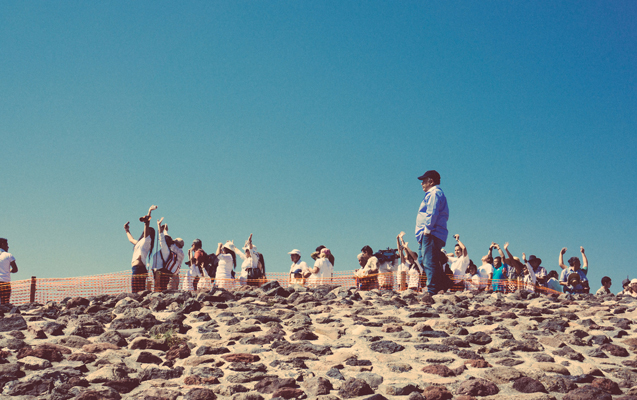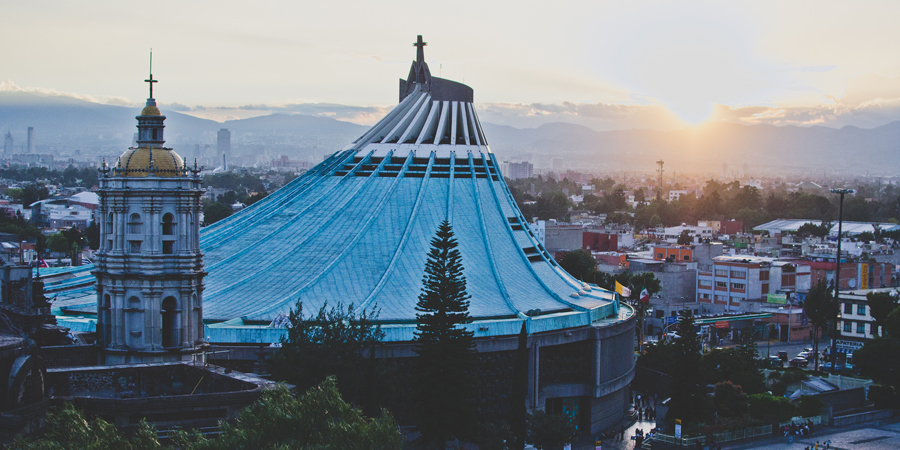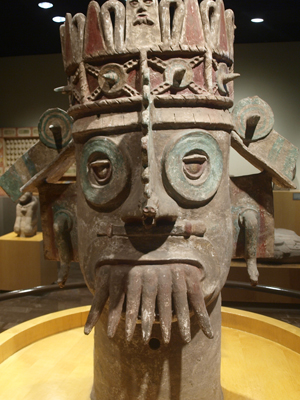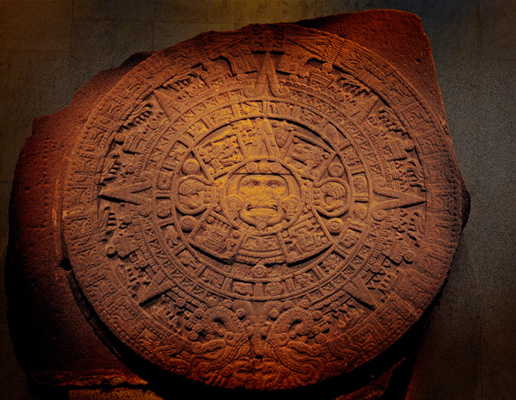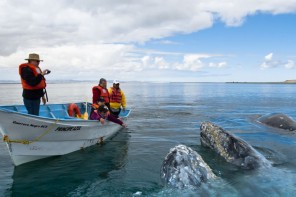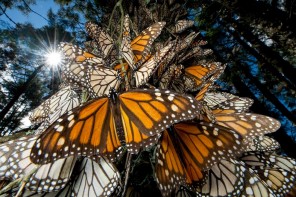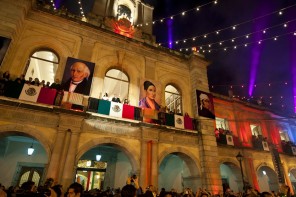March 20: Arrive in Mexico City – Hotel.
March 21: Mexico City tour – 80 km – Teotihuacan – Hotel in San Juan Teotihuacan.
Impressive megapolis showcasing Mexico’s unique combination of Indians, Mestizos, Creoles and Europeans. The capital is a city of mixed emotions, splendid colors and spicy tastes. You will see: “Zocalo”, the main national square, ruins of the ancient Aztec city Tenochtitlan, and the National Palace. See murals by Mexico’s greatest artist, Diego Rivera. These colorful murals depict Mexico’s pre-Columbian Indian history, the colonial period and the Revolution.
Then visit Mexico’s grandest archaeological site, ancient Teotihuacán (80km from Mexico City) Sixth largest city in the world in 400 A.D., Teotihuacán was mysteriously abandoned 300 years later, centuries before the Aztec occupation. Visit the Jaguar Palace and Temple of the Plumed Conch Shells. Wander around Pyramids of the Sun and Moon. Stroll along Avenue of the Dead, flanked by temples and palaces.
After a tour of the archaeological center, you will witness the vernal equinox. On this day, thousands of people come here, dressed in white robes and red scarves. They dance, recite prayers, but the main action takes place on top of the Pyramid of the Sun, where people are pulling hands to the sky and meet the dawn. Some come here because they believe that following in the footsteps of ancestors, asking the gods of vitality and health. But supporters mistichekih and esoteric movements believe that in this day opens a portal inexhaustible energy.
Check-in at hotel in San Juan Teotihuacan.
March 22: Teotihuacan – 49 km – Museum of Antropology – Dolores Olmedo Museum.
Breakfast, check-out and go back to Mexico City. Visit The National Museum of Anthropology in Chapultepec Park. See archaeological treasures of pre-Hispanic civilizations, including the Toltec, Mexica, Aztec, Zapotec, Mixtec, Olmec and Maya. Cast your eyes on the immense Aztec Calendar Stone.
The Museo Dolores Olmedo (or the Dolores Olmedo Museum) is an art museum in the capital of Mexico, based on the collection of the Mexican businesswoman Dolores Olmedo. In 1962, Dolores Olmedo acquired a property at La Noria, Xochimilco in southern Mexico City, which she would later convert into the museum named after herself in 1994. Donating her entire collection of art including pre-Hispanic, colonial, folk, modern and contemporary art, the Dolores Olmedo Patiño Museum host the greatest collection of Frida Kahlo, Diego Rivera and Angelina Beloff. Upon her death in 2002, she left funds for taking care of her museum, now open to the public. The five-building complex contains up to 150 paintings, including 145 by Diego Rivera, 25 by his wife Frida Kahlo (and some of their scripts and drawings), nearly 6,000 pre-Hispanic figurines and sculptures as well diverse living animals such as geese, ducks, six Xoloitzcuintles and Indian Peafowls kept in the gardens of the museum.


